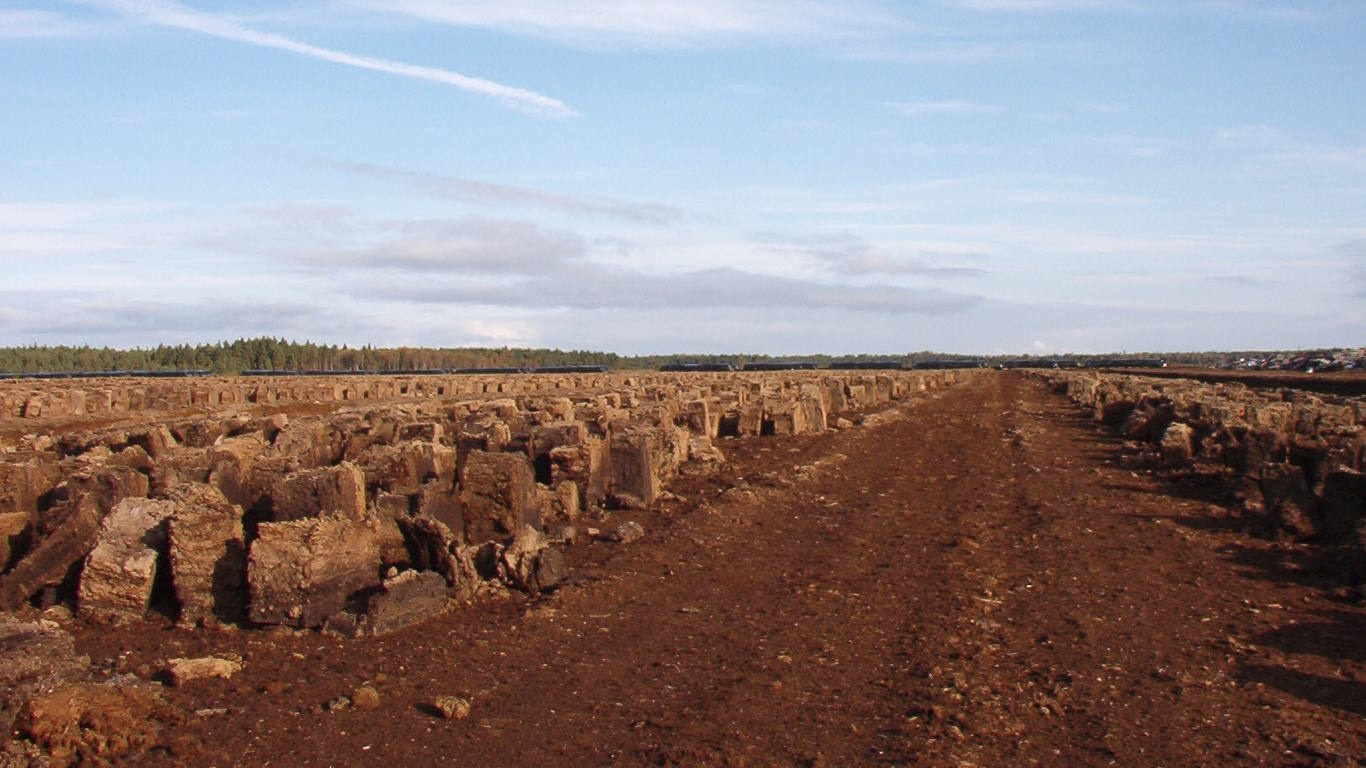Benefits with peat

Peat has a natural low pH of around 3,5
Natural peat straight from the bog has a low pH of around 3.5 to 4.5. The consistently low pH allows growing media manufacturers to adjust the pH of the peat substrate depending on the needs of the current crop. Most commercial horticultural crops prefer a slightly acidic substrate. Usually calcium carbonate is added to adjust the pH of commercial growing media to be between 5.5 and 6.
Peat has a low electric conductivity (EC) which makes it easily adjustable. EC is an expression of the amount of salts in a solution. Low EC illustrates that there are very little available nutrients, or other salts – which can even cause phytotoxic effects such as sodium or chloride ions. This ‘blank canvas’ allows the substrate producer to enrich the peat with specific starter fertilizers. The possibility to adjust the amount of specific nutrients accurately is important, because the need for fertilizing depends on the type of crops and stage of growth.
Peat has capacity to hold water and air
There are other agronomic reasons why peat is such an excellent basis for substrates. These include its capacity to hold water and air, as well as its high cation exchange capacity (CEC).
The CEC refers to the ability to attract, retain and exchange cations such as potassium and calcium ions. A high CEC allows a reservoir of nutrients to be held within the substrate and not flushed out during irrigation. These retained nutrients slowly replenish those removed from the substrate by plant uptake.
Advantages with peat
Peat has a high-water holding capacity (approx. 65% in volume) which helps to provide adequate water and water-soluble nutrients to the roots. It also has a high air-holding capacity (approx. 30% in volume). The air-holding capacity is important as the roots (and beneficial microbes in the root zone) need a constant supply of oxygen. Oxygen is required by the plant for respiration and supporting the essential functions of water and nutrient uptake. Thus, a perfect balance of both water and air is crucial in any substrate.